Test
From floramisa designs
Lua error: Internal error: The interpreter has terminated with signal "127".
hi I'm testing Mercs (talk) 03:01, 8 April 2017 (EDT)
I made this edit w visualeditor!!
Mothcats sport antennae similar to moths and other insects. These antennae are fully functional and act alongside Mothcat whiskers to help them detect changes in their surroundings. Mothcats with standard antennae are highly sensitive to their environment, while more luxurious antennae serve other functions... or may simply be there for decoration.
| Trait | Name | Origin ("Type") | Description |
|---|---|---|---|
| Common Traits | |||
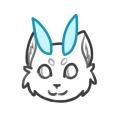
|
Classic
|
Original | Classic Mothcat antennae are thin, feather-like protrusions. For simplicity, they are drawn as solid, elongated "footballs"; however, more realistic styles may draw them with the proper moth antenna texture as desired.
|
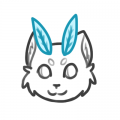
|
Leafy
|
Generic simple leaf shapes are allowed for the common rarity leafy antennae. Please see this link for more details on leafy traits.
| |
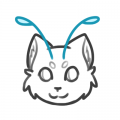
|
Q-Tip
|
Q-Tip antennae only have tear-shaped ends. Please see this link for more details on q-tip antennae.
| |
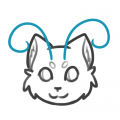
|
Swirly
|
Common tier swirly antennae are relatively short. Please refer to this link for an explanation of antennae length rarities.
| |
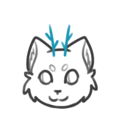
|
Stick
|
Thin-bodied antennae which resemble tree twigs, but thankfully, are not as brittle! Stick antennae should be distinct from antlers, following these guidelines.
| |
| Rare Traits | |||
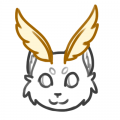
|
Feather
|
Unlike classic antennae, these antennae heavily resemble the appearance of a bird feather. While they do not offer as much sensitivity as standard antennae, they are very attractive and popular among the wealthy. Different styles are available for feather traits which may affect rarity. Please see this link for more details.
| |
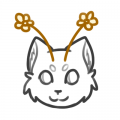
|
Floral
|
The basic "flower-end q-tip" shape is the most common form of floral antennae. Different styles are available for floral traits, which may affect rarity. Please see this link for more details.
| |
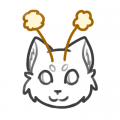
|
Shaped Q-Tip
|
Any shape at the end of q-tip antennae which are not tear-drop shaped are considered rare, including but not limited to pom-pom shapes, round balls, stars, etc. Please see this link for more details on q-tip antennae.
| |
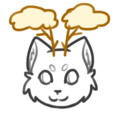
|
Leafy Stick
|
A Mothcat whose stick antennae have grown leaves! Unlike real leaves, they remain fresh all year 'round. Please see this link for more details on leafy traits.
| |
| Ultra Traits | |||
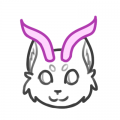
|
Horns (Any)
|
Any type of "hard" horn is considered an ultra rare or higher. Horns are not natural among Mothcats and are often associated with "tough" elements, like rock. Their horns are magically enhanced so that they do not weigh down on their heads. Mothcats with horns are able to use them for fighting. They are also commonly found among Cursed Mothcats as witches prefer this more intimidating look for their companions. Horns after a certain length and of a certain shape are considered illegal. Please see this page for more details.
| |
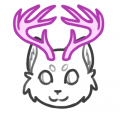
|
Antlers
|
Similar to the horn trait, antlers are considered ultra rare or higher. Antlers are softer than horns and are often velvety to touch. They are also magically enhanced to be lightweight and can be used for sparring.
| |
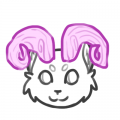
|
Tree Branch
|
Leaves and fruit may grow on tree branch antlers. Depending on the Mothcat (or Mothlion), the leaves and fruit may change with the seasons. Tree branch antlers are magically enhanced to be weightless. They are not meant for fighting.
| |
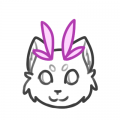
|
Double Sets
|
Any set of antennae can be doubled for this trait, but the rarity will depend on both traits. (So having multiple sets is one trait, and the type of antennae will be another trait.)
| |
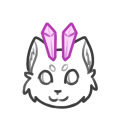
|
Crystal
|
Any type of stone or crystal falls under the crystal antennae category. Crystals can be any shape or color (including multicolored crystals), but they need to be the same type of crystal for both antennae. The antennae may be asymmetrical.
| |
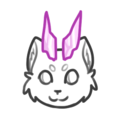
|
Ice
|
Distinct from crystal antennae, the elemental ice antennae are cool to the touch, and sometimes found on Mothcats from the Northern regions, where they are believed to be important for temperature regulation.
| |
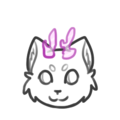
|
Water (New!)
|
Two motes of magical water sit on the mothcat's head in place of antennae, able to stay in place in spite of their fluid nature. Apparently, they taste like wet fur.
| |
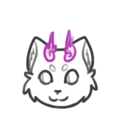
|
Fire (New!)
|
Two flames burn eternal on the forehead of a mothcat, generally warm to the touch unless they're especially hot-headed (punintended).
| |
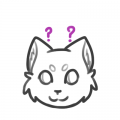
|
Nothing
|
Sometimes, Mothcats are born without antennae. It happens very rarely, though.
| |
| Exclusive Traits | |||
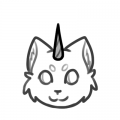
|
Unicorn
|
Unicorn horns came from a fairy's love for the magical unicorn. Unicorns are constantly growing and need to be worn down to maintain their shape. They can be carved or decorated, as desired by the Mothcat or its owner. Unicorns can be used to stab the enemies of the owner.
| |
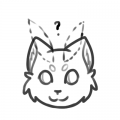
|
Anything Else!
|
Any other trait is exclusive and cannot be made unless with permission from floramisa. If you have any suggestions or questions, please contact her on dA or Discord.
| |
Lua error: Internal error: The interpreter has terminated with signal "127".